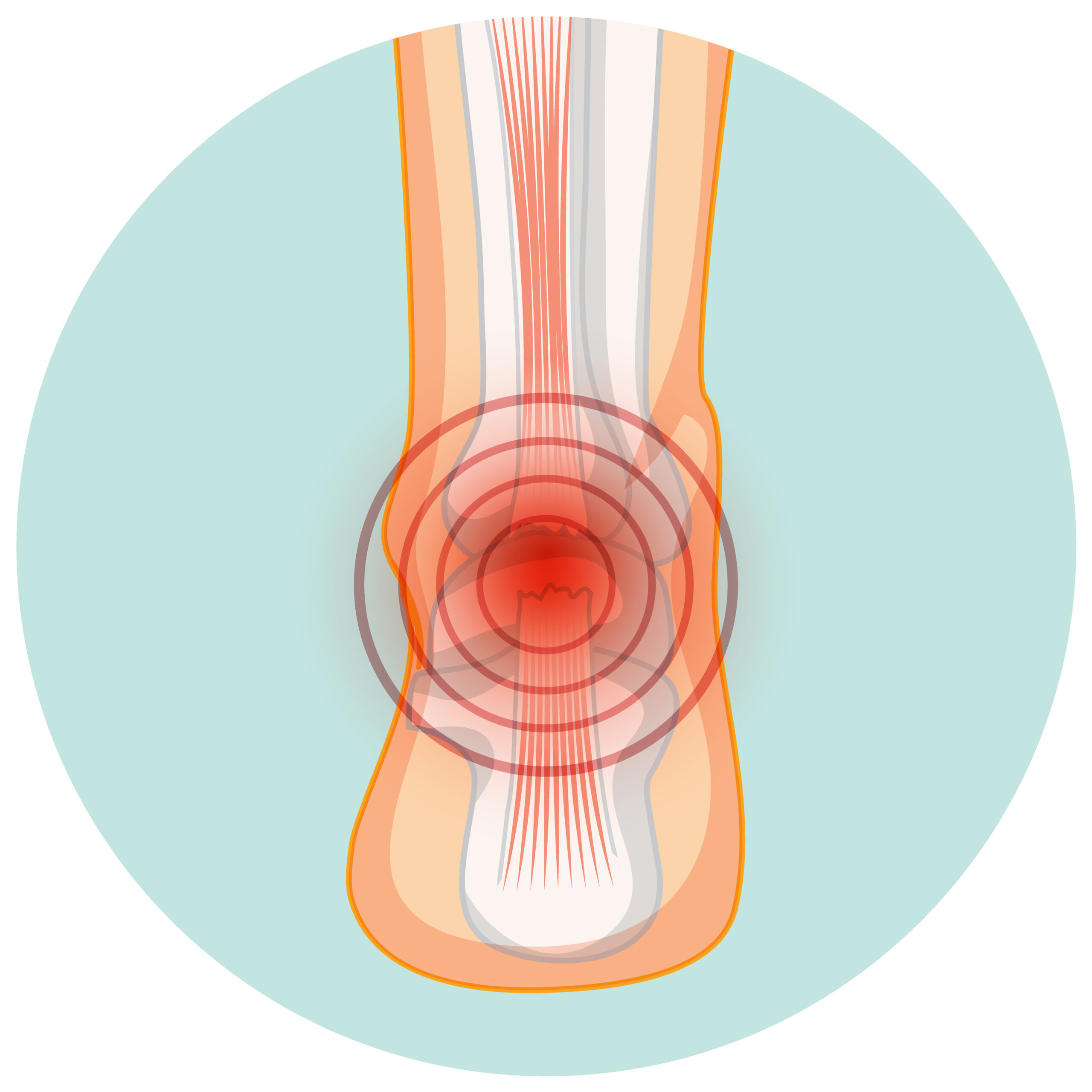Insight Orthopedics & Sports Medicine – Plantar fasciitis is a common inflammatory condition that affects the plantar fascia – the thick band of tissue that runs along the bottom of the foot and connects the heel bone to the toes. Although it is treatable and symptoms vary among people, plantar fasciitis is very painful and can make physical activities like running or walking, standing for extended periods, using stairs, and wearing high heels difficult or even impossible. If you are experiencing foot pain or discomfort, there are a number key factors that can help you determine if it is plantar fasciitis. Here are seven warning signs of plantar fasciitis you should not ignore.
Heel Pain
The number one symptom of plantar fasciitis is heel pain – especially when it occurs in the first few steps after a period of rest. Plantar fasciitis heel pain is typically described as a sharp or stabbing sensation. People may also notice a burning sensation and the bottom of the heel is often tender to the touch.
Stiffness & Discomfort
People with plantar fasciitis also experience stiffness and discomfort in the bottom of the foot, especially near the arch. This may be more pronounced with overuse and activities that involve a lot of standing, walking, and running on hard surfaces. Issues with foot mechanics, such as flat feet or high arches, can also alter weight distribution on the feet and cause increased stress on the plantar fascia.

Pain After Long Periods of Sitting or Standing
Another symptom that is associated with plantar fasciitis is noticeable foot pain after periods of sitting, standing, or inactivity. For example, people often note that plantar fasciitis pain is worse first thing in the morning. Pain after inactivity occurs because the plantar fascia becomes stiff when the foot is not in motion. Additionally, blood flow to the feet decreases during periods of sitting, which contributes to stiffness. Microtears and inflammation in the plantar fascia are also common and the weight placed on the foot in these initial steps can cause discomfort.
Pain That Improves After Activity
For people with plantar fasciitis, the pronounced pain experienced after periods of inactivity usually improves once you get moving. This occurs for several reasons. Primarily, the improved blood flow from physical activity helps to deliver more oxygen and nutrients to the plantar fascia, which supports the healing process and reduces inflammation. Movement also improves the flexibility and elasticity of the plantar fascia and other muscles in the foot.

Pain With Certain Activities
Plantar fasciitis pain is commonly associated with certain activities that put excess stress on the plantar fascia. This includes long-distance running or jogging, walking or standing for prolonged periods, high-impact exercises that involve jumping, wearing shoes without adequate support, and engaging in intense physical activity when not conditioned to do so. Factors such as age, obesity, and certain medical conditions can also contribute to the development of plantar fasciitis.

Tenderness
The bottom of the heel may also be tender to the touch when pressing on the plantar fascia or heel. This is often more noticeable when the tissue experiences inflammation and microtears from overuse. In some people with plantar fasciitis, tenderness may also be related to the development of bony protrusions on the heel bone called heel spurs.
Swelling or Redness
Although not as common, some people with plantar fasciitis may also experience minor swelling in the heel area. When this occurs, it may suggest the presence of an additional condition such as bursitis, infection, arthritis, tendonitis, or gout.

Plantar fasciitis is a common cause of foot pain that can make everyday activities like walking, running, and standing on hard surfaces difficult. But with a combination of self-care, lifestyle modifications, and medical interventions like physical therapy and orthotics, plantar fasciitis can be treated successfully. If you are experiencing symptoms of plantar fasciitis or other foot pain, contact Insight Orthopedics & Sports Medicine today to schedule an appointment.
Q&A
Q: How is plantar fasciitis diagnosed?
A: Plantar fasciitis is usually diagnosed after a physical exam and discussion of symptoms with your healthcare provider. In some cases, x-rays or an ultrasound may be required to rule out other conditions or to assess the severity of your condition.
Q: How long does it take to recover from plantar fasciitis?
A: Recovery time will vary depending on the severity of your symptoms. Most people will experience improvement within a couple weeks of conservative treatment. Consistent treatment and lifestyle modifications will also determine how quickly patients recover.
Q: Do I need surgery to treat plantar fasciitis?
A: In most cases, surgery is not required to treat plantar fasciitis and is considered a last resort. Non-invasive measures, such as lifestyle modifications, orthotics, and over the counter pain relievers, are all effective treatment options.

